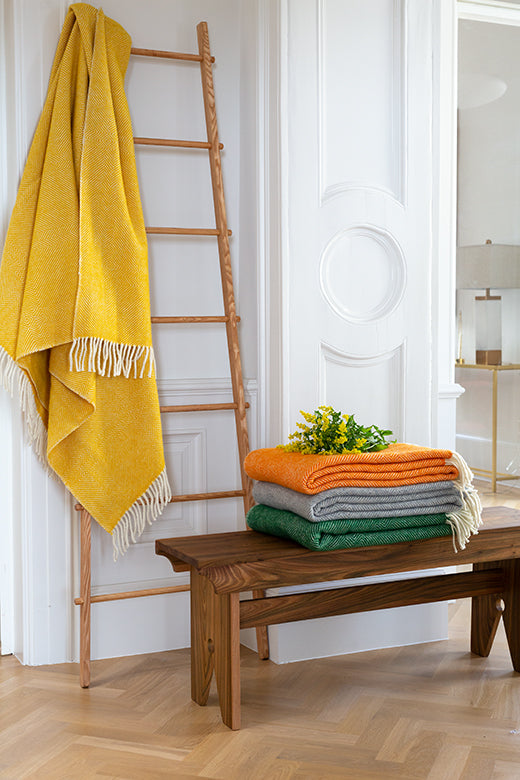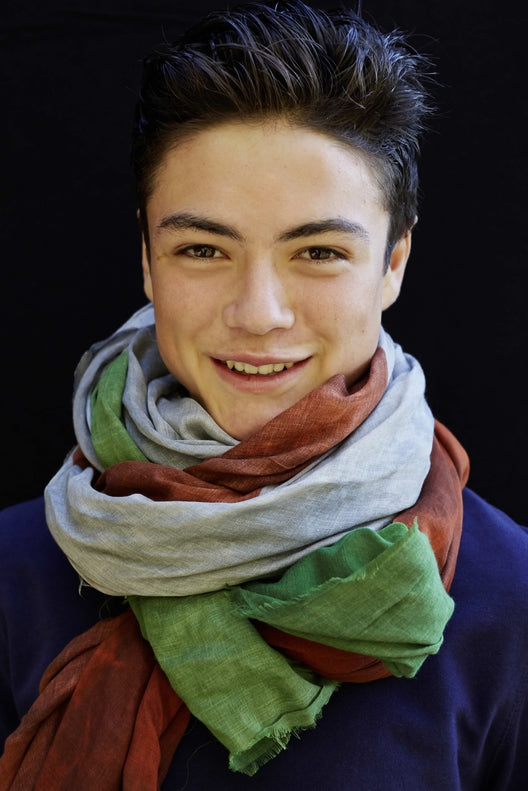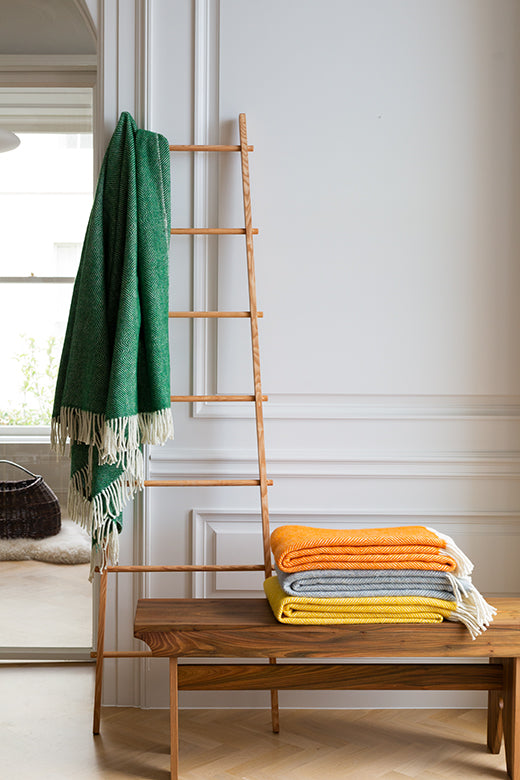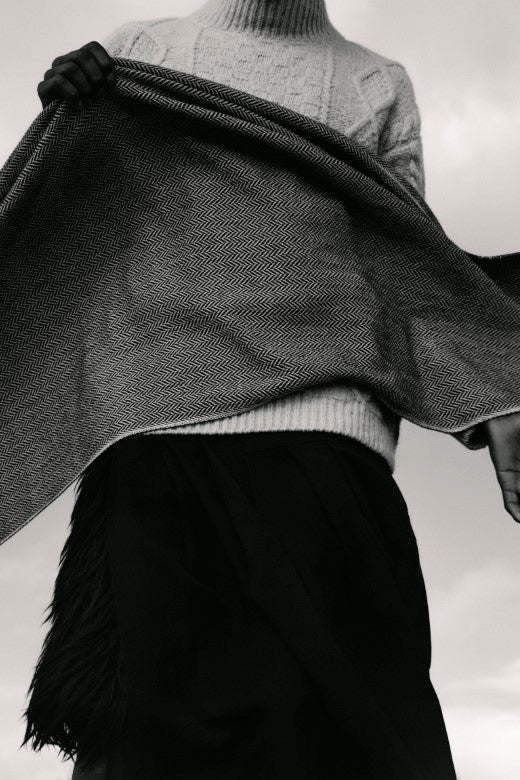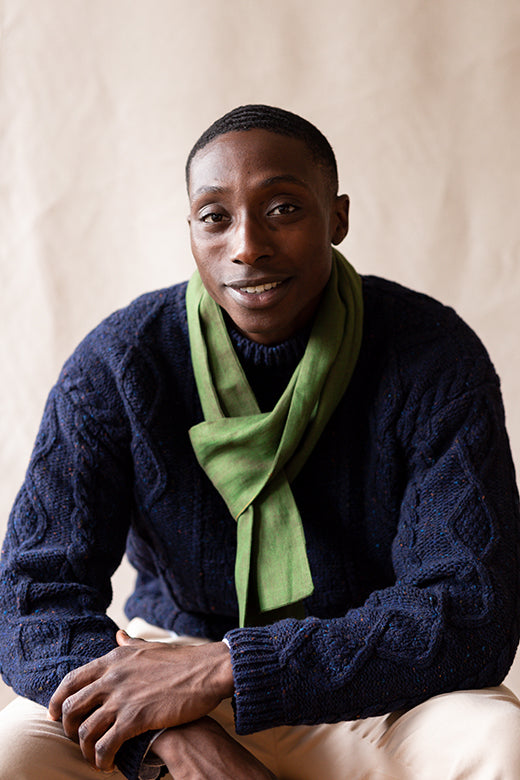Journal
Subheading
In Conversation With Sophie Darlington, Filmmaker and Cinematographer

Since 1991 Sophie has worked happily as a filmmaker and cinematographer specialising in natural history in remote locations throughout the world from 78 degrees South to 78 degrees North with a lot of Africa in between. Sophie won a BAFTA in 2016 and was accepted as a BAFTA member in 2018. Sophie grew up in England, Ireland and Iran being dragged on walks by her brothers and devouring books about animals.
Tell us a little about what you do.
I’m a Director Of Photography specialising in Natural History. In a nutshell that means I often spend a month or so somewhere pretty remote totally immersed in nature trying to capture a particular element of animal behaviour for broadcasters such as the BBC, Netflix, Disney or National Geographic.
How did this career come about?
In fairness it wasn’t planned. Being a wildlife cinematographer wasn’t something offered as an option at the only careers advice session in school, there weren’t 100’s of women who I saw doing this job and thought ... this is the one for me. As is often the way, it was down to meeting the right people at the right time who inspired me into making a decision based on nothing more than instinct. In the 1980’s I fled from several unsuccessful jobs in Dublin and went on a whim to Tanzania aged 19 where I ended up staying for a couple of years. I was lucky and found the people who would help shape my working life, Margaret & Aadje. They introduced me to a BBC natural history film crew which was a ‘lightbulb’ moment, where everything suddenly made sense - I’d not considered putting my love of nature and light together but now wanted to spend my life filming nature. Like most things worth doing it wasn’t straightforward and took many years of different approaches until I found a way in. In the end it was through Aadje who lived next to a Dutch filmmaker called Hugo van Lawick and she knew he needed a camp manager. Hugo had won 8 EMMY’s through his work for National Geographic filming the inspirational primatologist Jane Goodall and the chimps at Gombe Stream in the 1960’s and now lived at the edge of The Serengeti. I arrived in Ndutu base camp in the early 90’s and having ordered carrots over the radio for a year earned my way into sound recording and then basically badgered my way into camerawork. Now you can go to university and study wildlife filmmaking, a slightly simpler approach!
What does a typical day look like in your world of wildlife filming?
Days (or indeed nights) can vary a lot but the most important thing is to be out there and ready to film when your subject is active. So a days filming usually begins well before dawn getting out there as the light is just sparking at the beginning of the day …
First we have to find our 'stars' whom we film from cars, hides (or blinds as they’re known in America,) on foot, from up trees or wherever’s needed really …
Once we’ve located our subject, at the waterhole/fruiting tree/den or wherever that might be, I position myself and then wait & try to tune into the subject, responding to their behaviour in order to film it best. For me filming is about capturing light and behaviour, hopefully in a way that makes our audience connect with the animal or landscape we’re capturing, that’s the point of this job for me. There’s a lot of waiting, I can be a micro manager at times and so doing this job is very liberating. I have no say whatsoever as nature writes the script, it's about observing, experience and research. Days are usually long, rarely less than 12 hours and more usually 16 hours a day without days off but no complaints. We get to go to some of the World's most extraordinary places and observe, take in and witness nature, raw in tooth and claw.
I’ve had weeks of sitting in a small 1m squared hide waiting day in and day out for something to happen and it never did to walking kilometres every day filming bears and wolves in Alaska rarely stopping to draw breath. There are many different skills in this industry, as a long lens cinematographer I get to observe my subject from a distance which is what it’s all about for me; respectful, revealing natural history, not affected, I love that. New technology is emerging at a brilliant pace, some of it, if used well & carefully, is revolutionary - seeing orca hunt by drone, filming a cheetah hunt with a six axis gimbal from a moving vehicle, macro photography showing unique & brilliant hidden worlds, it’s really quite incredible. I don't however enjoy watching shows where animals are manipulated or disrespected, I worry that some of the newer tech if not used mindfully breaks those barriers - The series ‘Serengeti’ for instance, a hugely popular show but if you watch carefully the animals are constantly reacting to cameras - this isn’t why most of us do what we do. It should be about emotionally connecting our audiences with animals and not ‘othering’ them.
Funniest moment? Scariest moment? Saddest moment?
So many of all of the above, and no one in particular but today the memories that come forward are:
Funniest – The work I do is often not so much funny as absurd and quite solitary, and so finding myself engaging with Adelie penguins in the absolute belief that they could understand me after a month spent with almost a million of them on the ice in Antarctica comes to mind. Penguin colonies stink and the chicks make such a noise which is all at knee height - you begin to feel like you’re in Lilliput.
Scariest – Quite a few of these but the one that comes immediately to mind was being 30m up a tree in the Amazon. I was roped in and standing on a metre squared metal platform lashed to quite a thin tree rigging my camera ready for the night ahead when the radio message came through to get down the tree “NOW!”. I’d been so involved in getting everything set up I hadn’t noticed a massive electric storm racing towards us, trees were bending over in half and I’d only learnt to climb the week before. Or when a buffalo bull who was being hunted by a gaggle of lions became so incensed that he charged our car only narrowly missing me by a few inches … however as I live in London I’d just like to add that people are far more scary & unpredictable than any animal i’ve filmed!
Saddest – Is that we are now literally watching the planet fail in front of us. We’re all now going to places and seeing our ever increasing influence, human encroachment - the unpredictable weather, behaviours that were reliably rock solid now failing year after year due to too much or too little rain. Most recently I was fortunate enough to go to Patagonia to film hooded grebes or 'Maca Tobiano’ that come to small freshwater lakes high up on the arid plateaus in the shadow of the Andes to mate for The BBC’s Mating Game. They were first recorded in the 1970’s and since then their population has plummeted, now there are only 400 of these birds left on the planet. They’ve been decimated by unreliable rainfall, introduced fish, dams, escaped mink and other encroaching predators. All of these involve us. Knowing I was filming a creature that possibly won’t continue to exist in my lifetime if things continue as is, now that’s properly heartbreaking. This funny, delicate bird who has been dancing high in the lakes of Argentina won’t get to tango for much longer. There is a glimmer of hope though, whilst we were there I met an incredible a group of young Argentinians, The Grebe Guardians. They give up months of their lives to monitor 24/7 these grebes which was incredibly moving, I thought the grebes were the most exquisite and yet tragic thing I’ve ever filmed.

How did being Irish and growing up in Ireland shape or influence you in your work life?
I consider myself so lucky to have spent part of my childhood in Ireland, as an 11 year old moving to a bit of countryside just North of Drogheda with phenomenal views towards the Mourne Mountains. Jobs growing up were on the neighbouring farms, baling hay, picking up stones, feeding lambs, and no doubt seeded my love of the outdoors. That and having an Irish wolfhound that I would volunteer to walk for my folks, not only because she was an ace dog but also as she was an excellent cover for my Carrolls habit. We’d head to nearby Termonfeckin beach and walk for miles up and down the strand, that sort of experience sinks in. On moving to Dublin I loved that you always felt a proximity to nature. The mountains rearing up behind the city and the sea right there, the red squirrels on Killiney hill, Turnstones on Sandymount Strand or the gulls on the Liffey. In London it’s much harder to experience that, a lot of me longs for a glimpse of the sea.
What are your simple pleasures?
A bath with a book - I don’t have one so it’s a real treat when I get one, breaking bread with family & friends when home, listening to great music, being wrapped up well on a cold, bright day and taking a walk with as much sky as possible.
What is your hidden talent?
Disappointingly, catching, as in throw something at me and I can usually catch it, not the most exciting of hidden talents and something I fear I’ll regret mentioning.
What would you wish for the world?
Ah yes, this one’s fairly obvious - wouldn’t it be great if we could all wise up very quickly to the climate crisis and act on that. That we would understand that we ARE nature and that it’s not something other, it’s urgent, at times overbearing and scary and yet we still have time, we must shout about it and not let up on our damn governments who have to be more proactive & prioritise addressing it. There’s an amazing future developing green tech, and solutions to this crisis but it’s got to happen now - if you’ve not read Christiana Figueres & Tom Rivett-Carnac’s book 'The Future We Choose' please do!
What’s next?
'Queens' at the moment, a project that I’m co-DOP on for National Geographic/Disney+. Wildlife filmmaking takes time so the current release on this is scheduled for 2023. It’s exciting, a series about female leadership in nature that is also addressing the fact that our industry has not actively encouraged women into camera craft or enabled local talent. Our team are mentoring indigenous people in their own countries with top end camera kits so they can tell their own stories as well as helping raise up young female talent training them on new tech, I’m thrilled to be actually doing something more than filming, it really is about time we did!
All images credit to Sophie Darlington.
